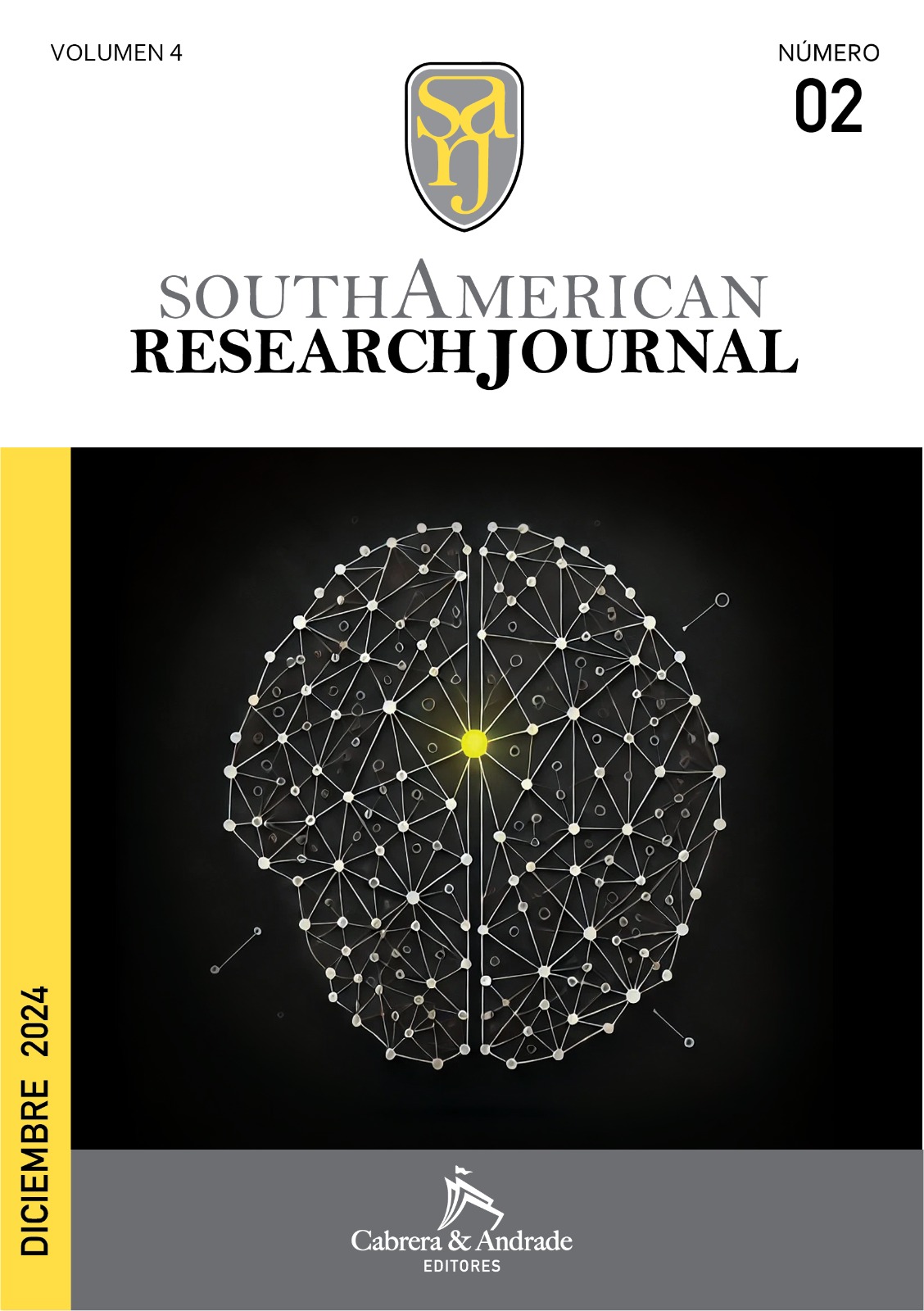Comparison of ARCH-GARCH and stochastic approaches for estimating volatility. Application to a small stock market
DOI:
https://doi.org/10.5281/zenodo.14845739Keywords:
Volatility, ARCH-GARCH models, State space models, Kalman filter, Stochastic volatility, Merval indexAbstract
Economic time series often exhibit volatility, where the variance of the observational error fluctuates over time. One of the most widely used methodologies for modeling these dynamics is the ARCH model, introduced by Engle (1982), and its extensions, such as GARCH models. These assume that conditional variance depends on past values of the series. In contrast, stochastic volatility models (SVM), first proposed by Taylor (1980, 1986), assume that volatility depends on past variances but not directly on past returns. This study compares both approaches in modeling the volatility of a small stock market. To evaluate the performance of ARCH-GARCH and stochastic volatility models in estimating market risk and identifying volatility patterns in the Merval index, which represents the Buenos Aires Stock Exchange (BASE), a longitudinal observational study was conducted using daily Merval index data from January 13, 2003, to May 22, 2015, covering 3006 observations. This period was chosen to avoid political shifts that could introduce market distortions. Statistical tests (ADF, Phillips-Perron) were performed to check stationarity, and models were estimated using maximum likelihood and Kalman filtering. GARCH models with heavy-tailed distributions provided better short-term volatility predictions, capturing volatility clustering, while stochastic volatility models were more effective at identifying regime shifts. The Merval index, with an average market capitalization of $312 million, confirms the characteristics of a small stock market, where volatility models play a crucial role in risk assessment. The choice between ARCH-GARCH and stochastic models depends on the forecasting horizon. GARCH models are optimal for short-term risk evaluation, whereas stochastic models are better suited for detecting long-term structural changes. Combining both approaches enhances volatility modeling in low-liquidity markets.
Downloads
Published
How to Cite
Issue
Section
License
Copyright (c) 2024 Juan Carlos Abril, María de las Mercedes Abril

This work is licensed under a Creative Commons Attribution 4.0 International License.





